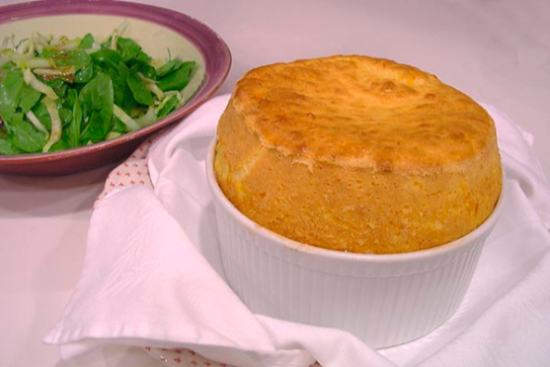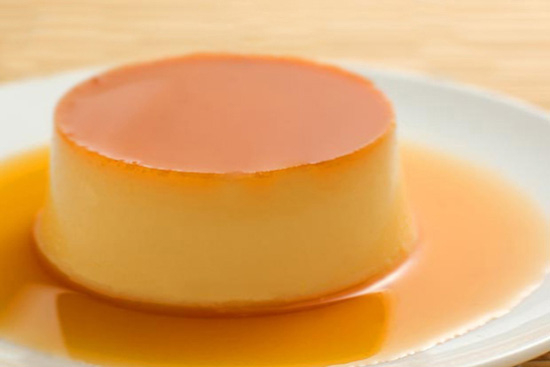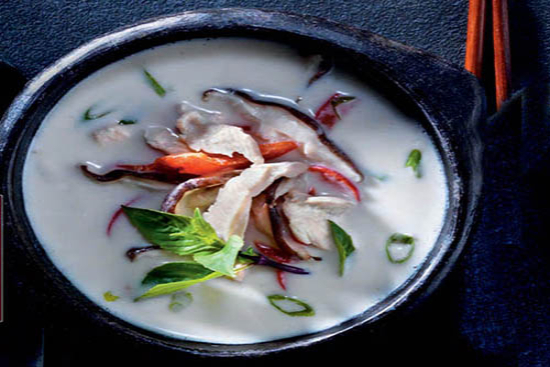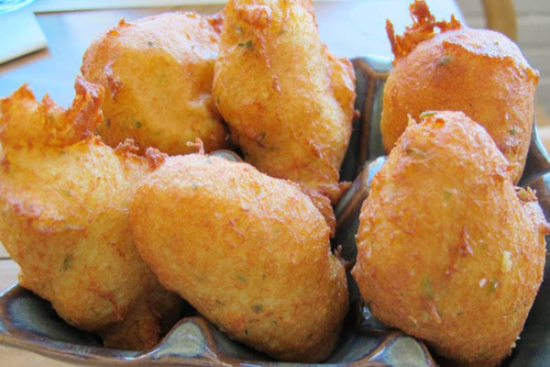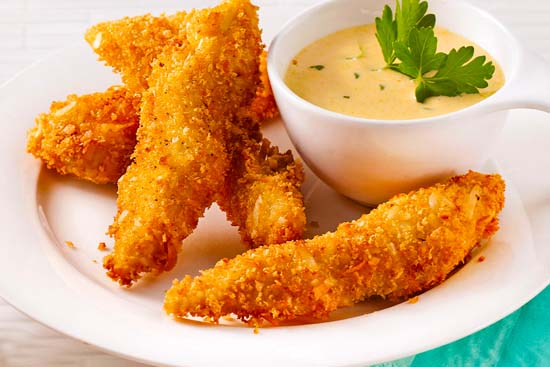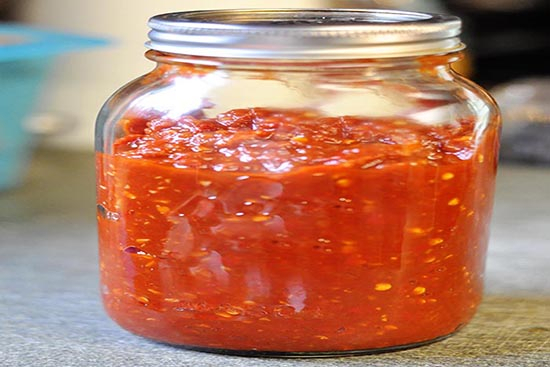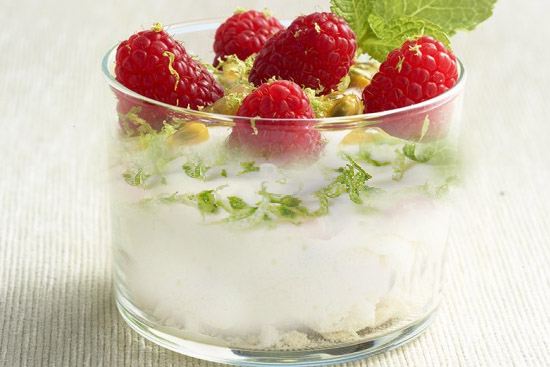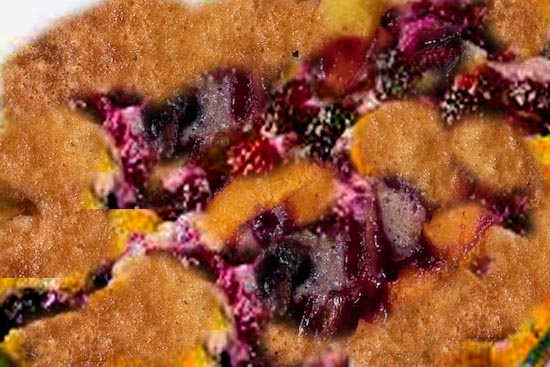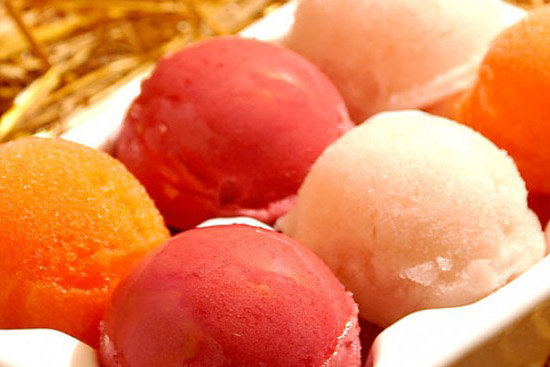RAMBUTAN FRUIT SMOOTHIE
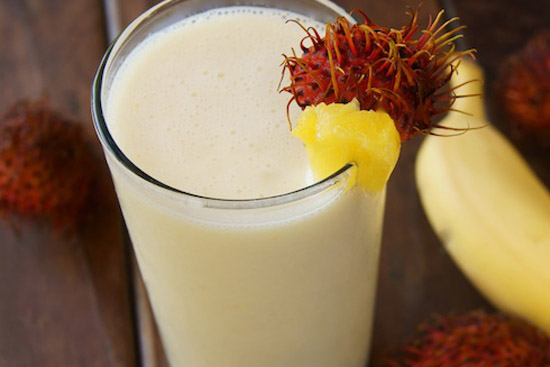
The rambutan is closely related to such tropical fruits as the longan, lychee, and mamoncillo. The exterior of the rambutan has an unusual, red, almost ‘furry’ appearance, but the interior resembles the lychee nut. The flavor is similar to the lychee, longan, and grape.
The name for this fruit derives from the Malaysian word for ‘hairy’ (rambut) which aptly describes its appearance. In Viet Nam, the rambutan is termed ‘chom chom,’ which means ‘messy hair.’ While the fruit is ripening it is covered with a spiny green outer skin, which turns long and red when fully ripe. Interestingly, the rambutan remains fresher longer when harvested with the branch attached.
Traditional medicinal uses include boosting energy, relieving anemia, reducing pain and keeping the skin supple and young. All of the rambutan plant is used, from the root to the skin of the fruit, the seed and leaves to relieve such ailments as dysentery, diabetes, fever, and hair loss.
Ingredients
- 3 rambutans (peeled and pitted)
- 2 cups coconut meat, cut into small pieces
- 1/3 cup pineapple chunks
- 1 banana
Preparation
-
1. Gather the ingredients.
2. Combine all of the ingredients in a blender and process until smooth.
3. Pour into a tall glass and enjoy.


